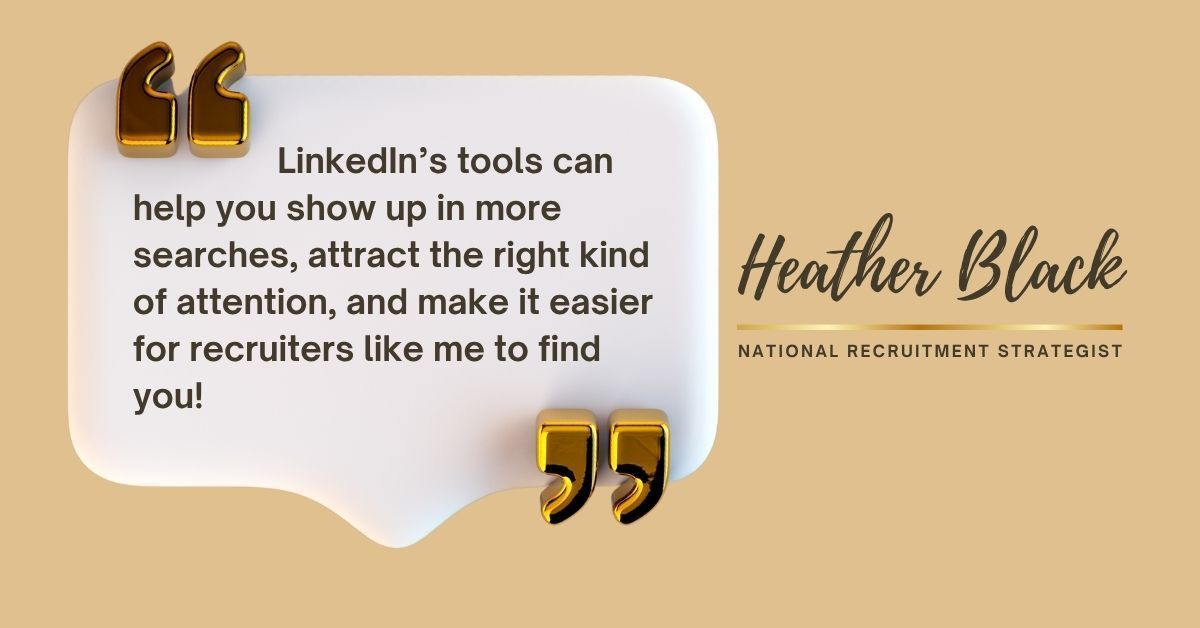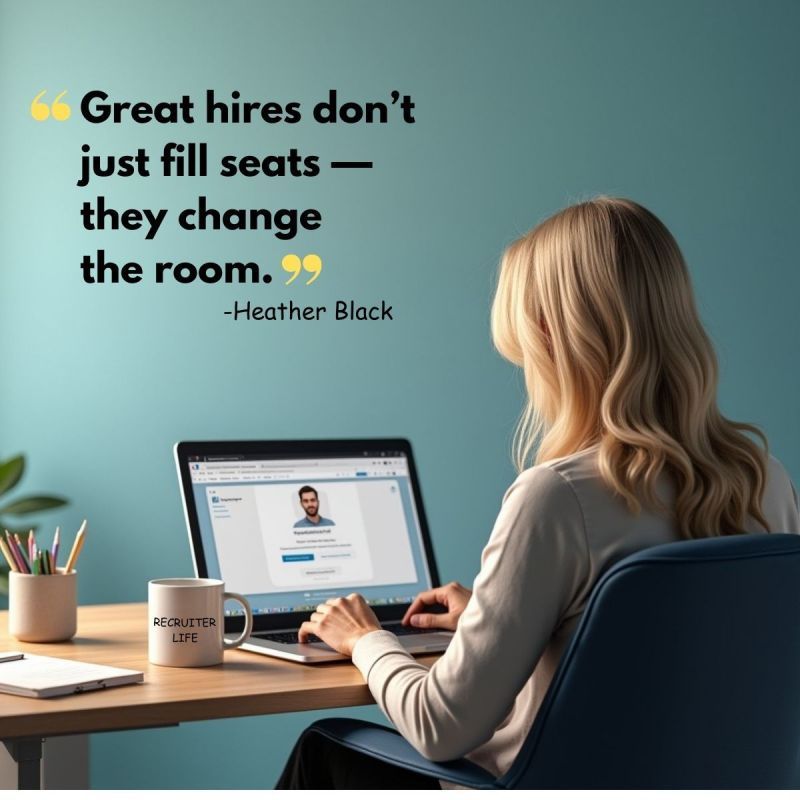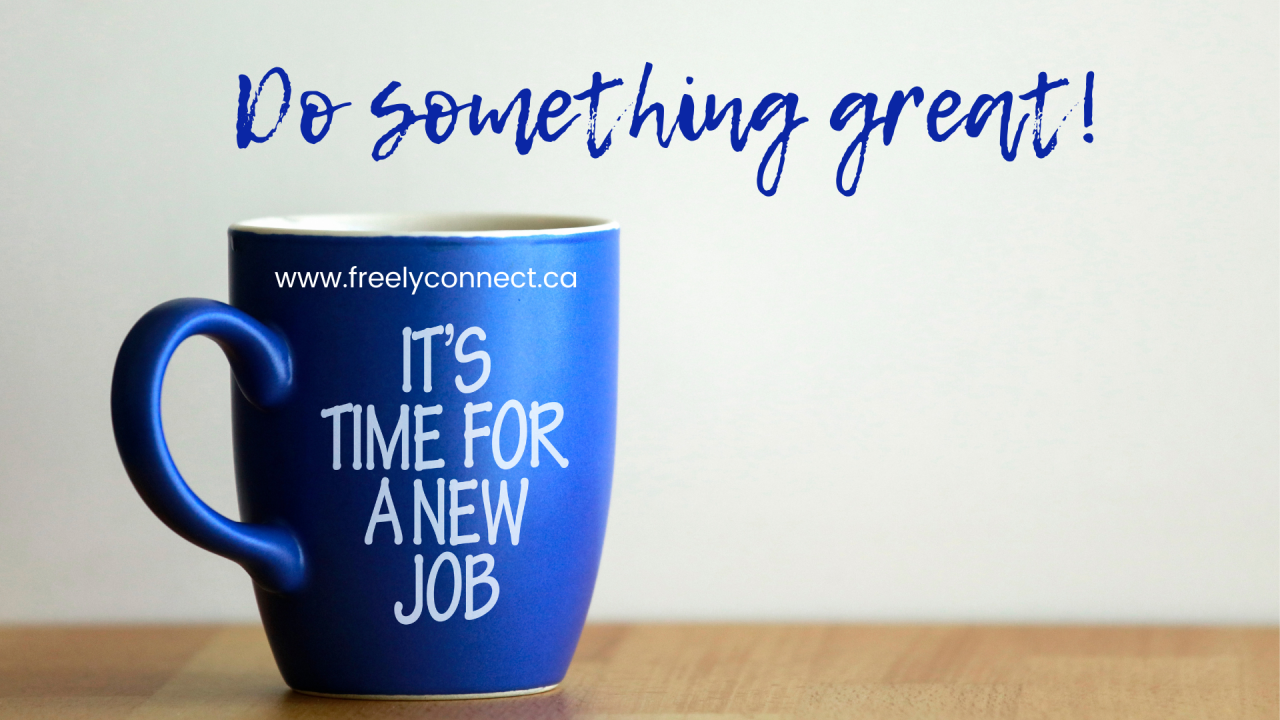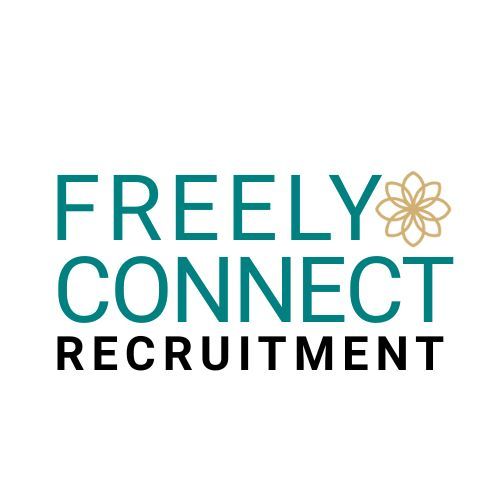3 LinkedIn Job Search Tools You Should Be Using

(Free Features, Premium Perks, and What's Coming Soon)
LinkedIn has evolved beyond just a place to post your resume. Whether you're actively searching or casually browsing, there are built-in tools to help you get noticed and stay ahead. Many of these are free, and some come with extra perks if you have Premium.
Plus, for those of us in Canada, there are exciting features on the horizon.
1. Job Match Insights
This feature provides a quick snapshot of how your profile aligns with a job posting, highlighting your title, skills, and education.
How to use it:
• Navigate to the Jobs tab
• Select a job of interest
• Scroll to the “How you match” section
Free users see: Basic comparisons between your profile and the job description.
Premium users get: Detailed feedback, suggestions to enhance your profile, and insights into how you compare with other applicants.
Why it helps: It quickly shows if you're a strong fit and where you might need to tweak your profile or resume.
2. Job Alerts and Saved Searches
Set alerts for roles you're interested in, so new postings come directly to you.
How to use it:
• Go to the Jobs tab
• Use filters to search by title, location, or company
• Click “Set alert” at the top of the results
Free for everyone
Premium users get: Additional filters and the ability to see who viewed their profile.
Why it helps: Being among the first applicants can improve your chances.
3. Profile Suggestions and Edits
LinkedIn prompts you to make small profile improvements, especially if you've marked yourself as “Open to Work.”
How to use it:
• Visit your profile
• Look for suggestions like “Improve your headline” or “Add a skill”
Free users get: Basic improvement suggestions based on your activity and goals.
Premium users get: Deeper AI-generated rewrites and keyword suggestions based on current hiring trends.
Why it helps: Even minor updates can boost your visibility in recruiter searches.
Coming Soon to Canada: New LinkedIn Tools
LinkedIn is testing several new features in the U.S., with plans to expand to Canada later this year.
AI Career Coach - AI assistant that helps with resume content, cover letters, and career planning. Currently available to select Premium users in the U.S., with a full rollout expected by the end of 2025.
AI-Enhanced Job Matching - An advanced version of “How you match” that uses AI to recommend changes to your profile and offers deeper insight into your fit for a role. Currently live in some U.S. accounts, with international rollout in progress.
Profile Video (Cover Story) - Allows you to record or upload a short video introduction tied to your profile photo. Still in limited release, with wider availability expected this year.
These updates aim to help job seekers get noticed faster and tell their story more clearly. I'll share more when they're available in Canada.
Final Thought
If you're actively looking or even just exploring what's next, there's a lot you can do to get noticed without spending a thing. LinkedIn’s free tools can help you show up in more searches, attract the right kind of attention, and make it easier for recruiters like me to find you!
Need a second opinion on your profile or assistance with these features? I'm always happy to take a look.
Oh, and one last thing! If you see a print or packaging job that grabs your attention, reach out to me before applying. If it’s a match and you haven’t already applied, I might be able to get your name in front of the right person. A warm intro beats the black hole of online applications any day!
You're Hired!



